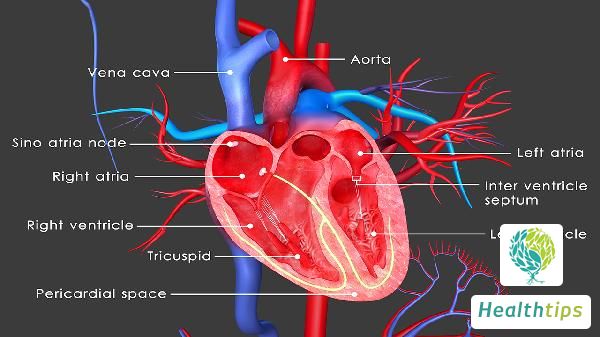Is Genital Warts Easily Transmittable?
Genital warts are a highly infectious sexually transmitted disease. The main routes of transmission include sexual contact, indirect contact, vertical mother-to-child transmission, and iatrogenic infection. Genital warts are primarily caused by human papillomavirus (HPV) infection and commonly occur on the external genitalia and anus. The primary manifestation is skin and mucous membrane growths in these areas, which may also be accompanied by symptoms such as itching and pain.

Sexual Contact Infection: This refers to patients causing friction and rupture of warts through various sexual behaviors, resulting in warts containing a large number of viruses. Sexual relationships can easily lead to viral infection of the partner.
Indirect Contact Infection: More commonly, using public bathtubs, bathing tubs, bath towels, underwear, lingerie, bedsheets, quilts, etc., may lead to HPV contamination on the underwear or lingerie of patients with genital warts. If others come into contact with these items, infection may also occur.
Vertical Mother-to-Child Transmission: If the mother has genital warts, during childbirth, direct contact with the infant through the birth canal can lead to the infant's infection with genital warts.
Iatrogenic Infection: When medical staff provide treatment and care for HPV-infected individuals with inadequate protection, occupational exposure may occur. They may also contract HPV or seek treatment at informal medical institutions. If medical instruments are not fully disinfected, it can easily lead to iatrogenic infection. Additionally, some HPV infections are related to decreased self-resistance. If one's resistance is poor, genital warts may appear due to poor personal hygiene.
Therefore, in daily life, we should pay attention to strengthening nutrition, engaging in appropriate exercise, and maintaining personal hygiene. If you have genital warts, you should avoid sexual activity to prevent indirect infection of others or being infected by others.



















